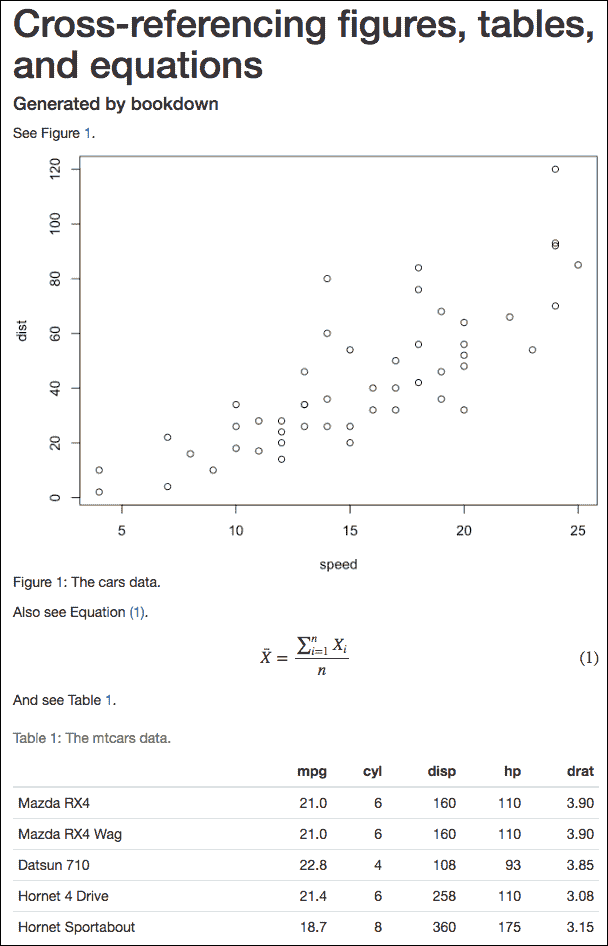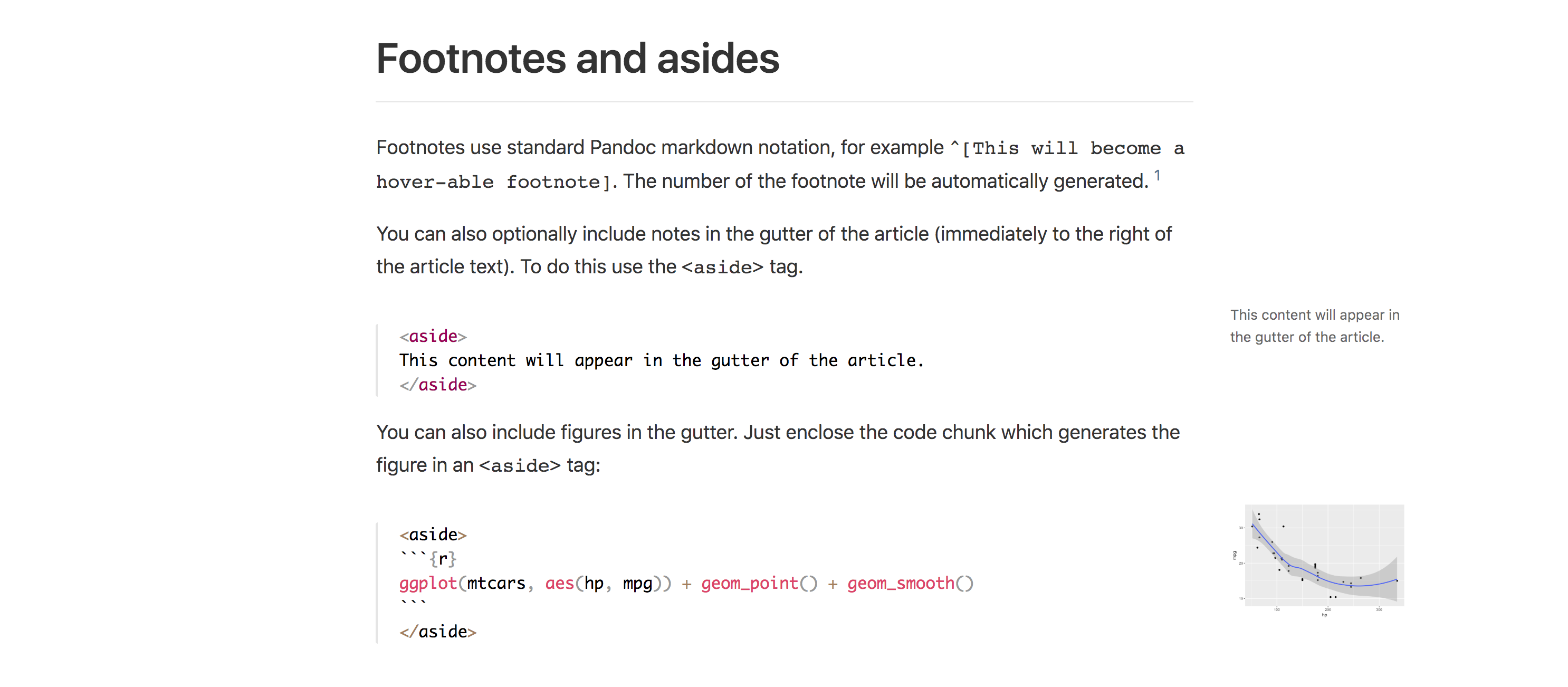

Include Mermaid on your web page: mermaid. If these things are in place, Mermaid listens to the page load event, and when fired (when the page has loaded), it will locate the graphs on the page and transform them into SVG files.

Note the separator arguments which determine how slides are delimited in the external file: the data-separator attribute defines a regular expression for horizontal slides (defaults to ^\r?\n-\r?\n$, a newline-bounded horizontal rule) and data-separator-vertical defines vertical slides (disabled by default). You can write your content as a separate file and have reveal.js load it at runtime. If you want to manually add it to a new presentation here's how: The Markdown plugin is included in our default presentation examples. This functionality is powered by the built-in Markdown plugin which in turn uses marked for all parsing. Note that this is sensitive to indentation (avoid mixing tabs and spaces) and line breaks (avoid consecutive breaks). To create a Markdown slide, add the data-markdown attribute to your element and wrap the contents in a like the example below. It's possible and often times more convenient to write presentation content using Markdown.


 0 kommentar(er)
0 kommentar(er)
